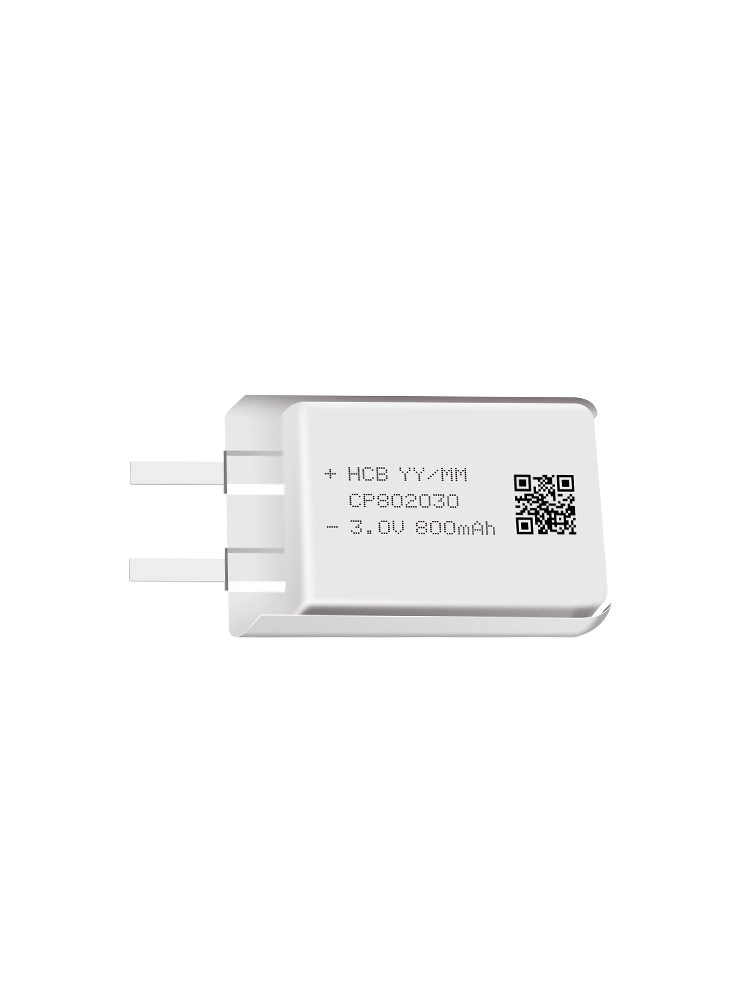Let's first understand the types of lithium batteries. Lithium battery is currently the most used button cell (the earliest we call mercury battery, because of pollution and capacity is now gradually replaced by lithium-manganese formula) basic voltage of 3.0V, the highest capacity of up to 1200mAH. this battery can be designed into a thin, short and high capacity. In addition, the discharge curve is stable, so many high-tech products such as motherboards use it as a backup battery for memory.
In addition, the lithium battery designed as a cylindrical shape has a high capacity, low internal resistance, and can instantly discharge high current, which is an excellent choice for the camera battery market. However, because its raw material lithium metal has a fairly high chemical activity, so it should not be used too much in the same battery, in order to avoid the risk of explosion.
Li mno2 cell with a special process of manganese dioxide as the positive active material, high potential, high energy lithium metal as the negative active material, electrolyte using a good conductivity of organic electrolyte solution, battery structure has a fully sealed and semi-sealed two forms of composition. Of course, the safety and shelf life of fully sealed are better than that of semi-sealed.
The negative electrode of lithium-manganese battery is lithium metal, and the active material of positive electrode is manganese dioxide. The electrolyte is the inorganic salt lithium perchlorate (LiClO4), dissolved in a mixture of organic solvents of propylene carbonate (PC) and 1,2-dimethoxyethane (DME) with the chemical expressions
(-) Li / LiClO4-PC + DME / MnO2 (+) Battery Negative reaction: Li → Li+ + e Positive reaction: MnO2 + Li+ + e → MnO2 (Li+) Total reaction: Li + MnO2 → MnO2 (Li+).
The reaction mechanism of lithium-manganese battery is different from the general battery, in the non-aqueous organic solvent, the lithium ions under the dissolved negative lithium migrate into the lattice of MnO2 through the electrolyte to produce MnO2 (Li+). mn is reduced from +4 valence to +3 valence, and its crystal structure does not change.
Lithium, atomic number 3, is located in the first place of the first main group of the periodic table, the lightest atomic weight (6.94) and the most negative electrode potential (-3.045 V) among the known metals, and its name comes from the Greek word meaning "stone".
It was discovered in 1817 by the Swedish scientist Avvertson, who was analyzing a perlithium feldspar ore. Due to its most negative potential, it has superior electrical performance when matched with appropriate cathode materials. Li mno2 cell is the lowest price and the best safety among lithium series primary batteries. The open circuit voltage is around 3.3V, the load voltage is 2.8V, the nominal voltage is 3.0V, the cut-off voltage is 2.0V, the discharge voltage is relatively smooth, and it is suitable for high power discharge.



